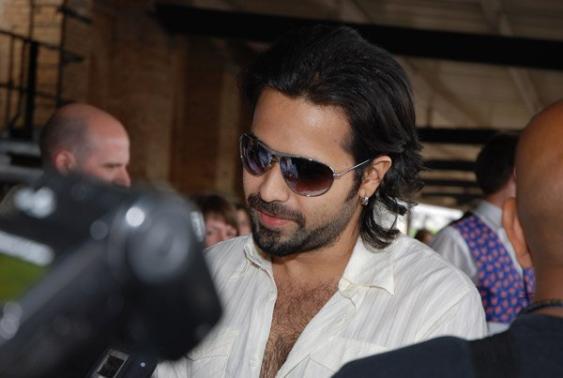Tuesday, August 11, 2009
Inidan Folk Theatre
Owing to a number of causes, Sanskrit drama began to decline after the tenth century. Concurrently, numerous dramatic forms sprang up or matured in the various provinces which, preserved and embodied the essence of the classical tradition. The Yatra of Bengal, Ram Lila and Krishna Lila of Uttar Pradesh, Tamasha of Maharashtra, Nautanki of Rajasthan, Bhavai of Gujarat, Bhagavata Mela of Tanjore, Terukkuttu of Tamilnadu, Vithinatakam of Andhra and Yakshagana of Karnataka are the most prominent among them. These various regional dramas, which are essentially creations of untutored folk-artists, have one central feature in common, namely that in varying degrees of competence and reliability they embody in a living form, the distinguishing traits of the classical Sanskrit theatre. When, after the tenth century, the classical Sanskrit language splintered into vernaculars and took root in the form of regional languages, the Sanskrit drama -- petrified for many centuries -- was replaced by the growing folk theatre. In this way, the tradition flowed not from the folk to the classical, but from the classical to the folk. The folk-theatre inherits many of the classical conventions. This is, of course, not to suggest that all folk- dramas of India have been derived from the classical tradition. However, what is important to observe is that in all those rural dramas which have survived up to the present day, the influence of the classical tradition is clearly perceptible. In the use of humour, music and dance, the structure of the narratives, the informing melodramatic imagination, the folk-theatre of India has no doubt exercised a profound influence on the makers of popular cinema. iv) PARSI THEATRE:The Parsi theatre is the most vital cultural antecedent of the Indian popular cinema as much as the vaudeville was a cultural forerunner to the early American cinema. The Parsi theatre, which came into existence in the nineteenth century is a crucial link between India's traditional narratives, performative traditions and its incorporation within the format of the technologically-driven medium of the cinema.
Subscribe to:
Post Comments (Atom)
.jpg)
No comments:
Post a Comment